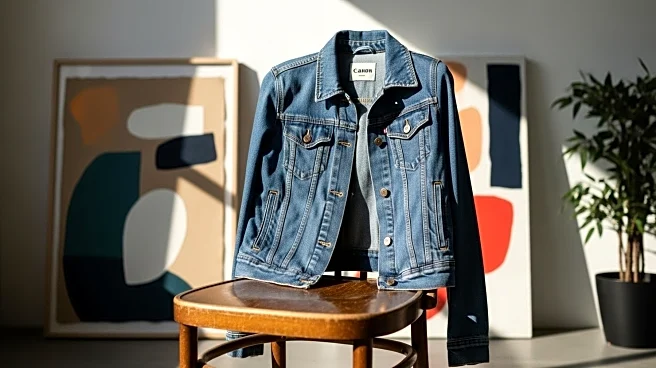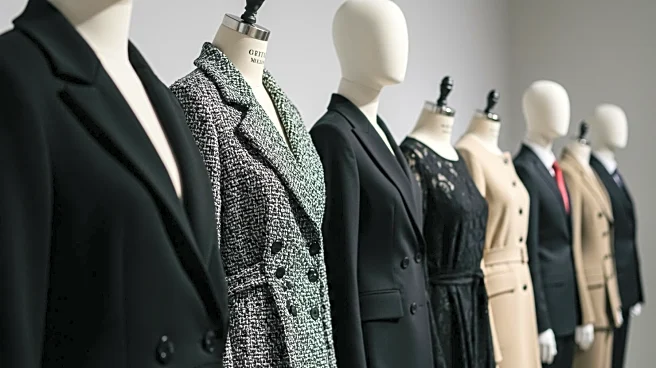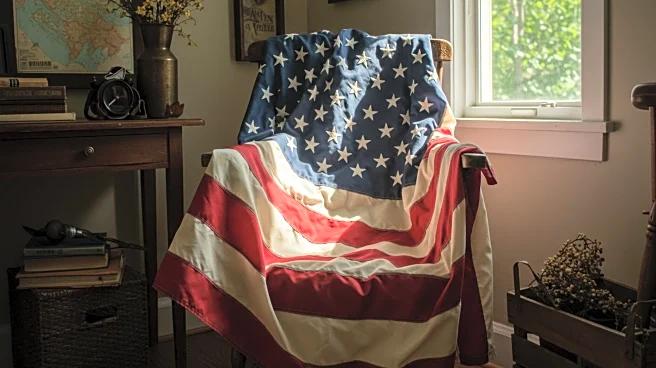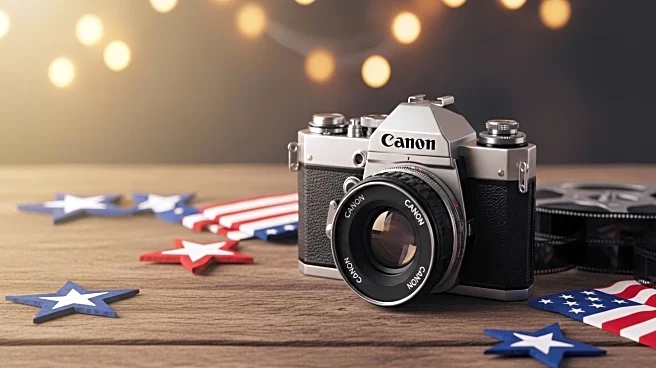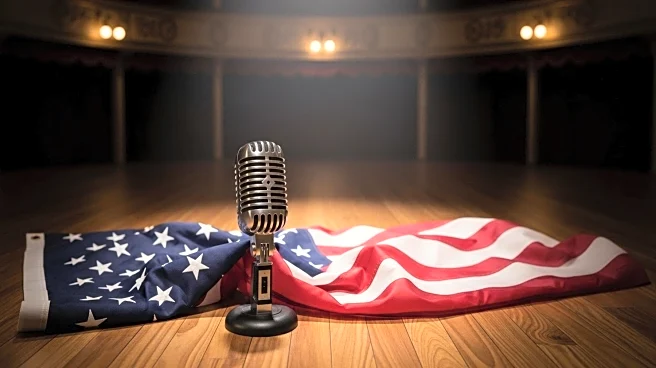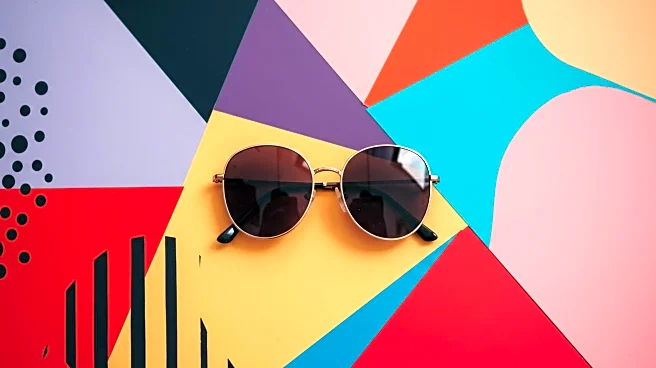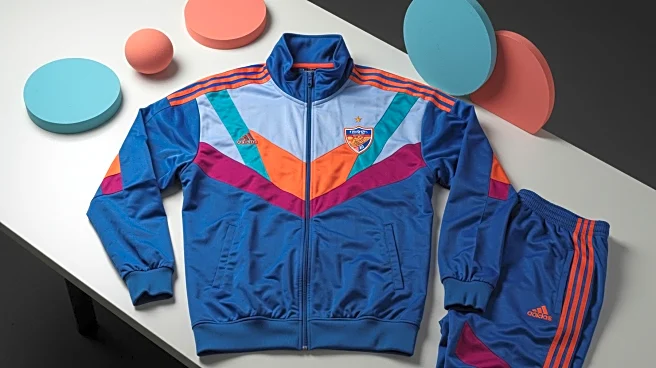What's Happening?
Gap has launched a new advertising campaign titled 'Better in Denim,' featuring the global girl group Katseye. The campaign includes choreography by Robbie Blue set to the 2003 Kelis song 'Milkshake.' The ad emphasizes individuality and self-expression through denim, aiming to resonate with the TikTok generation. This approach has helped the campaign go viral, contrasting with recent controversies faced by other brands, such as American Eagle's campaign with Sydney Sweeney, which sparked debates about cancel culture and American identity. Gap's strategy of using popular cultural figures in their ads has been a staple for nearly 30 years, avoiding controversy by focusing on a tried-and-true formula.
Why It's Important?
The success of Gap's campaign highlights the importance of cultural sensitivity and understanding consumer sentiment in advertising. By leveraging popular music and dance, Gap connects with younger audiences, particularly those active on social media platforms like TikTok. This approach not only boosts brand visibility but also strengthens consumer loyalty by aligning with current cultural trends. In contrast, brands that fail to navigate cultural nuances risk backlash and negative publicity. Gap's ability to avoid controversy while engaging effectively with its audience demonstrates a strategic advantage in the competitive retail market.
What's Next?
Gap's continued focus on culturally relevant advertising suggests potential future campaigns that further integrate popular music and dance trends. As the brand seeks to maintain its connection with younger consumers, it may explore collaborations with emerging artists and influencers. Additionally, Gap's strategy could influence other companies to adopt similar approaches, prioritizing cultural resonance and consumer engagement. The retail industry may see increased emphasis on campaigns that reflect societal values and trends, potentially reshaping advertising norms.
Beyond the Headlines
Gap's campaign underscores the evolving landscape of advertising, where cultural relevance and consumer engagement are paramount. The use of music and dance not only appeals to younger audiences but also reflects broader shifts in marketing strategies. As brands navigate cultural debates, the ability to resonate with consumers while avoiding controversy becomes increasingly critical. This trend may lead to more inclusive and diverse advertising, reflecting societal changes and consumer expectations.
